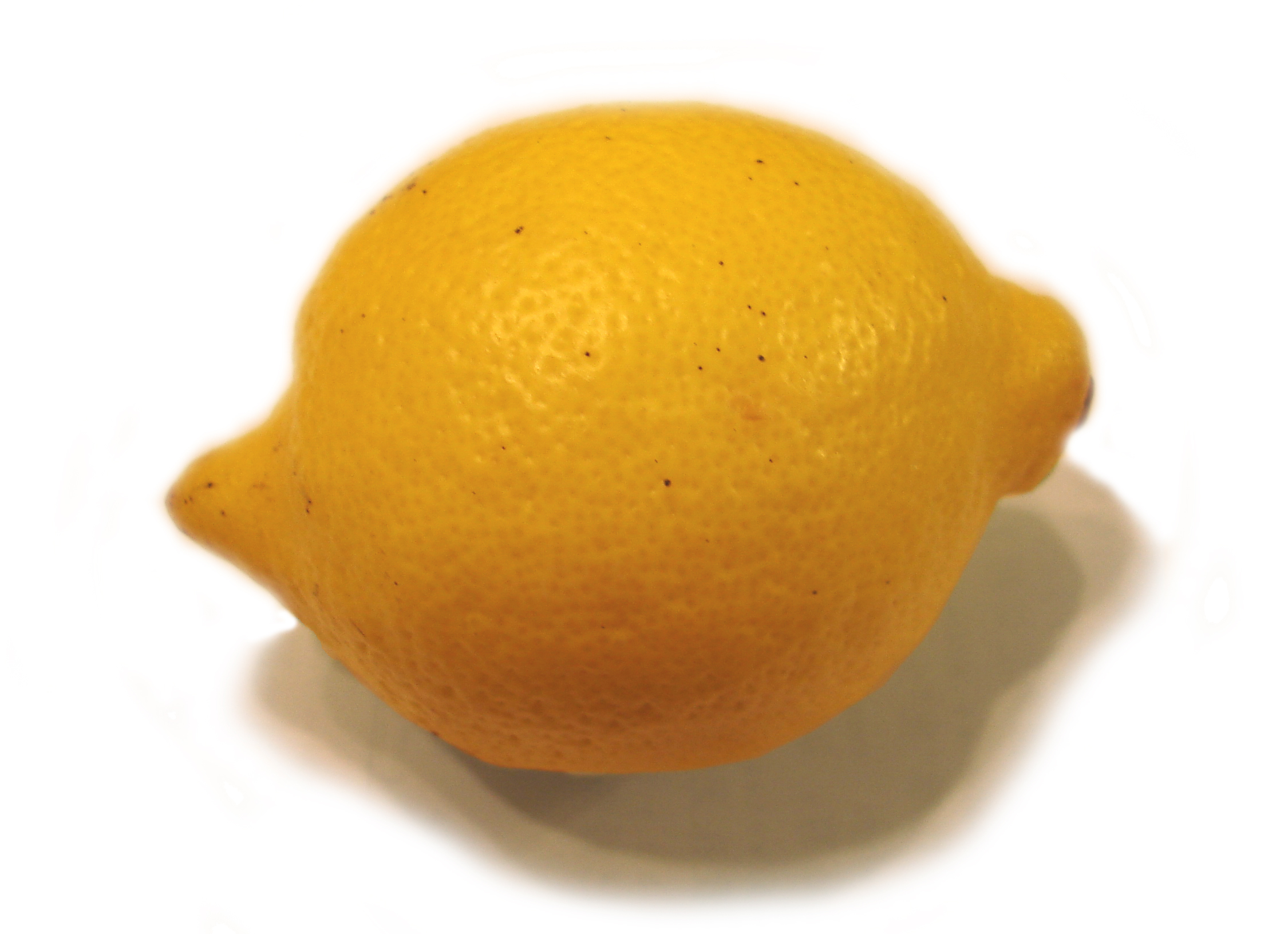30th November - Saint Andrew's Day
Apparently, shortbread is the traditional bridal cake in Scotland and it's one of the easiest and most satisfying sweets you can make. It only has three ingredients so what are you waiting for?
Get a large bowl and sieve 9 oz of plain flour into it. Add 3 oz of caster sugar and mix well. Then add 6oz of best butter, rub it in and knead into a smooth paste. Divide into two pieces and press each one into a 7 inch tin. It should be about half and inch thick (that's just over a centimetre).
Bake in a moderate oven, 180°C, 350°F, gas 4 for about 20-30 minutes until pale gold.
When you remove the shortbread from the oven, mark it into portions whilst it's still soft and you can prick it with a fork too. Sprinkle with caster sugar and leave to cool.
Enjoy your delicious shortbread with a nice cup of tea whilst you read all about Saint Andrew:
Saint
Andrew
Around the middle of the tenth century, Andrew became the patron saint of Scotland and
has his feast day on 30th November.
As Scotland developed as a nation, it needed a national symbol. The early Picts and Scots modelled themselves on Saint Andrew and so this was the country's choice.
As Scotland developed as a nation, it needed a national symbol. The early Picts and Scots modelled themselves on Saint Andrew and so this was the country's choice.
Andrew was the brother
of Simon Peter, by which it is inferred that he was likewise a son of Jonah, or
John.[Mt. 16:17]
[Jn. 1:42]
He was born in Bethsaida
on the Sea of Galilee.[Jn. 1:44]
Both he and his brother Peter were fishermen
by trade,
hence the tradition that Jesus called them to be his disciples by saying that
he will make them "fishers of men". At the beginning of Jesus' public life, they
were said to have occupied the same house at Capernaum.[Mk. 1:21-29]
John's Gospel states that Andrew was a disciple of John the Baptist, whose testimony first led him and John the Evangelist to follow Jesus.[Jn. 1:35-40]
Andrew at once recognised Jesus as the Messiah, and hurried to introduce him to his brother.[Jn. 1:41]
From then on the two brothers were
disciples of Christ. On a subsequent occasion, prior to the final call to the
Apostolate, they were called to a closer companionship, and then they left all things
to follow Jesus.
Andrew is said to have
been martyred by crucifixion at the city of Patras (Patræ) in Achaea which is
on the northern coast of the Peloponnese. Early texts, such as the Acts
of Andrew, describe him as being bound, not nailed, to a Latin cross of the
kind on which Jesus is said to have been crucified; yet a tradition developed
that Andrew had been crucified on a cross of the form called Crux decussata ( an X-shaped cross, or "saltire"), now commonly
known as a Saint Andrew's Cross — supposedly at
his own request, as he deemed himself unworthy to be crucified on the same type
of cross as Jesus had been.
The flag of Scotland, and consequently the Union Flag and the arms and flag of Nova Scotia, feature St. Andrew's saltire cross.
St. Andrew’s Day: 30th November
Let's all have a wee dram and raise a glass to St Andrew
For a fabulous Advent Calendar packed with facts and recipes, please click here






